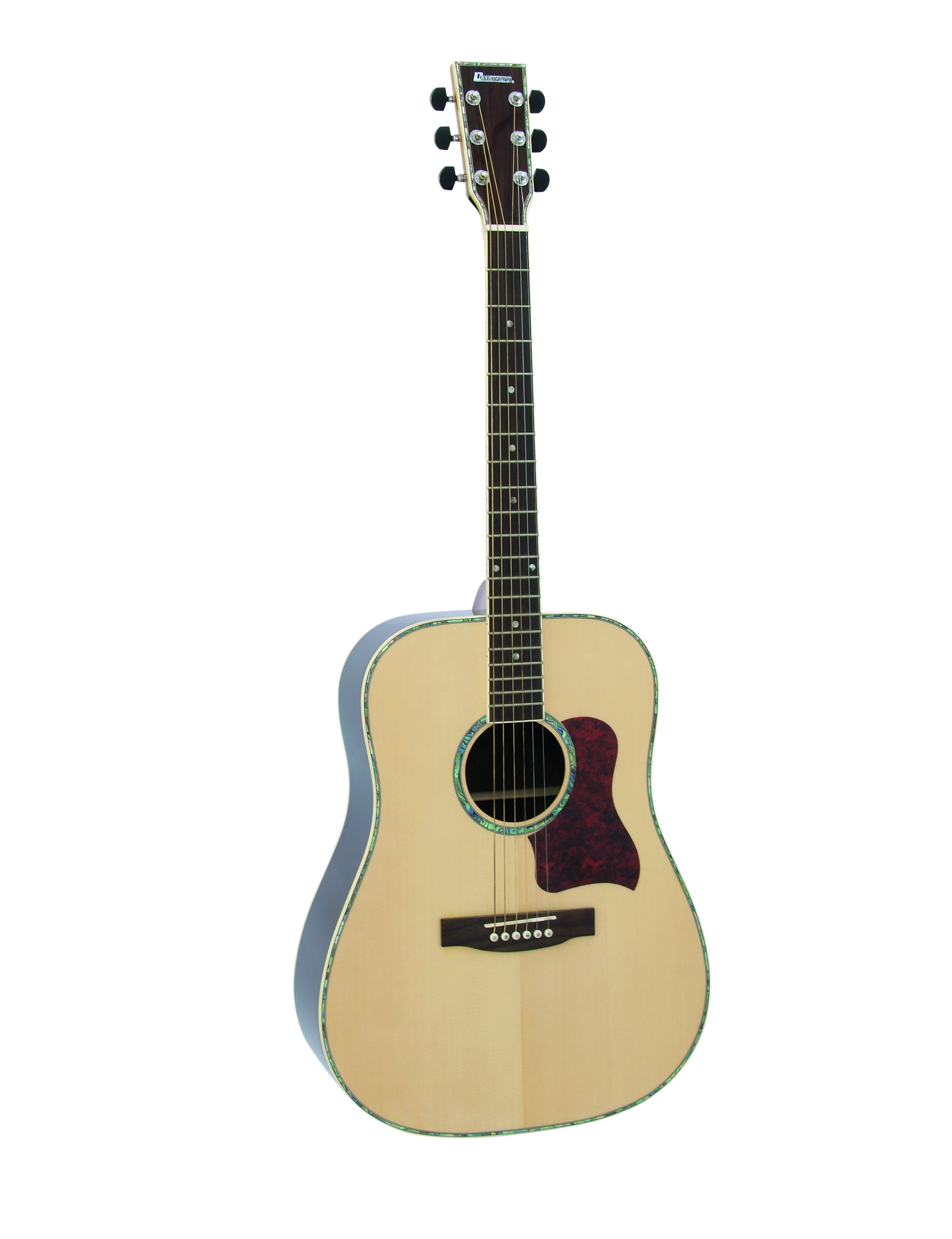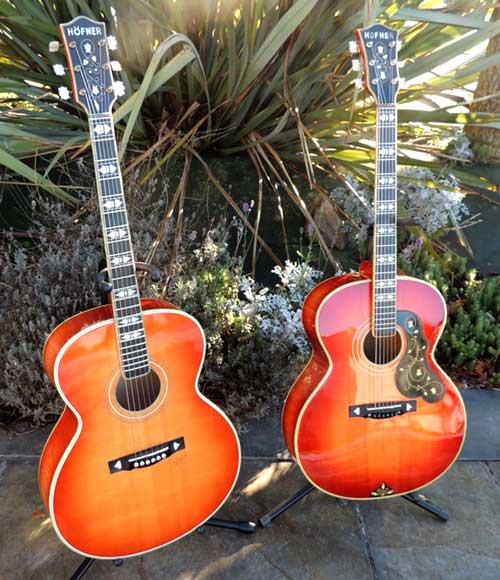Western acoustic music has been a timeless force in the music world, captivating audiences with its raw emotion and authenticity. It's like a warm hug for your ears, bringing together the simplicity of acoustic instruments and the depth of storytelling. Whether you're a fan of folk, country, or blues, western acoustic music offers something for everyone. So, buckle up, because we're diving deep into this incredible genre that has shaped the music scene for generations.
Now, let's get real here. Western acoustic isn't just about strumming a guitar or plucking strings on a banjo. It's about the soulful connection between the artist and the audience. It's the kind of music that makes you feel like you're sitting around a campfire, sharing stories under the stars. This genre has a way of touching hearts and creating unforgettable memories.
What makes western acoustic music truly special is its ability to transcend time. From the early days of pioneers like Woody Guthrie to modern-day legends like John Mayer, the essence of this music remains intact. It's not just about the sound; it's about the stories, the emotions, and the journey. So, whether you're a die-hard fan or just discovering the genre, you're in for a treat. Let's explore the world of western acoustic music together.
Read also:Howard Long Jr The Untold Story Of A Remarkable Life
What Exactly is Western Acoustic Music?
Alright, let's break it down. Western acoustic music is a genre that primarily uses acoustic instruments like guitars, banjos, mandolins, and harmonicas. It's all about keeping things simple and letting the music speak for itself. Think of it as a musical conversation where every note tells a story. This genre has its roots in folk and country music, but it has evolved over the years to include elements from blues, rock, and even pop.
One of the coolest things about western acoustic is its versatility. It can be upbeat and lively, perfect for a summer road trip, or it can be slow and soulful, ideal for a quiet evening at home. The beauty of this music lies in its ability to adapt to different moods and situations. So, whether you're feeling happy, sad, or somewhere in between, there's a western acoustic song out there for you.
Key Characteristics of Western Acoustic Music
Let's dive into some of the key characteristics that make western acoustic music so unique:
- Acoustic instruments: Guitars, banjos, mandolins, and harmonicas are the stars of this genre.
- Storytelling: Western acoustic music is all about telling stories through lyrics and melodies.
- Emotional depth: The music often explores themes of love, loss, hope, and resilience.
- Simple yet powerful: The arrangements are often simple, but they pack a powerful emotional punch.
These characteristics are what set western acoustic music apart from other genres. It's not just about making music; it's about creating an experience that resonates with listeners on a deep level.
History of Western Acoustic Music
The history of western acoustic music is as rich and diverse as the genre itself. It all started in the early 20th century when folk and country musicians began using acoustic instruments to tell their stories. Artists like Woody Guthrie and Lead Belly laid the foundation for what would become a global phenomenon. Their music spoke to the hearts of people from all walks of life, and it continues to inspire new generations of musicians today.
As the years went by, western acoustic music evolved and adapted to changing times. The 1960s saw the rise of folk rock, with artists like Bob Dylan and Simon & Garfunkel bringing a new energy to the genre. In the 1990s, the "unplugged" movement brought acoustic music back into the spotlight, with bands like Nirvana and Pearl Jam showcasing their acoustic sides. Today, western acoustic music is more popular than ever, with artists like Ed Sheeran and Hozier carrying the torch.
Read also:Ainsley Earhardt Ring The Inside Scoop Youve Been Waiting For
Key Milestones in Western Acoustic History
Here are some of the key milestones in the history of western acoustic music:
- 1930s: Woody Guthrie and Lead Belly popularize folk music.
- 1960s: Bob Dylan and Simon & Garfunkel bring folk rock to the mainstream.
- 1990s: The "unplugged" movement revitalizes acoustic music.
- 2000s: Artists like John Mayer and Ed Sheeran keep the tradition alive.
Each of these milestones has played a crucial role in shaping the genre into what it is today. Western acoustic music continues to evolve, proving that it has staying power and relevance in the modern music scene.
Western Acoustic Artists You Need to Know
When it comes to western acoustic music, there are some artists you just can't miss. These are the legends who have left an indelible mark on the genre and continue to inspire new generations of musicians. Let's take a look at some of the most influential western acoustic artists:
Woody Guthrie: The Father of Folk
Woody Guthrie is often referred to as the father of folk music. His songs, like "This Land is Your Land," have become anthems for social justice and equality. Guthrie's music was deeply rooted in his experiences growing up in Oklahoma during the Great Depression. His storytelling and heartfelt lyrics continue to resonate with audiences today.
Bob Dylan: The Voice of a Generation
Bob Dylan is another giant in the world of western acoustic music. His blend of folk and rock revolutionized the music industry in the 1960s. Songs like "Blowin' in the Wind" and "The Times They Are A-Changin'" became anthems for the civil rights and anti-war movements. Dylan's influence on western acoustic music cannot be overstated.
John Mayer: Modern-Day Legend
John Mayer is a modern-day legend in the world of western acoustic music. His soulful voice and masterful guitar playing have earned him a place among the greats. Mayer's music often explores themes of love, heartbreak, and self-discovery, resonating with audiences around the world.
Why Western Acoustic Music Matters
Western acoustic music matters because it connects people on a fundamental level. In a world filled with noise and distractions, this genre offers a moment of clarity and authenticity. It reminds us of the power of storytelling and the importance of human connection. Whether you're listening to a classic Woody Guthrie song or a modern John Mayer track, the essence of western acoustic music remains the same.
Moreover, western acoustic music plays a crucial role in preserving cultural heritage. It tells the stories of people from all walks of life, giving voice to those who might otherwise go unheard. This genre has the power to bridge divides and bring people together, proving that music truly is a universal language.
Benefits of Listening to Western Acoustic Music
Here are some of the benefits of listening to western acoustic music:
- Reduces stress and anxiety
- Improves mood and emotional well-being
- Enhances creativity and inspiration
- Promotes mindfulness and self-reflection
So, the next time you're feeling overwhelmed or in need of some soul-soothing music, give western acoustic a try. You might just discover a new favorite artist or song.
How to Get Into Western Acoustic Music
If you're new to western acoustic music, getting started might seem a bit overwhelming. But don't worry, we've got you covered. Here are some tips to help you dive into this incredible genre:
Start with the Classics
Begin by exploring the works of legendary artists like Woody Guthrie, Bob Dylan, and Johnny Cash. These artists laid the foundation for the genre and their music continues to inspire new generations of musicians.
Discover Modern Artists
Once you've got a taste for the classics, it's time to explore modern western acoustic artists. Check out John Mayer, Ed Sheeran, and Hozier for a fresh take on the genre.
Attend Live Shows
Nothing beats the experience of seeing a western acoustic artist perform live. Check out local concerts and festivals to see your favorite artists up close and personal.
Western Acoustic Music in the Digital Age
In today's digital age, western acoustic music has found a new home online. Platforms like Spotify, Apple Music, and YouTube have made it easier than ever to discover and enjoy this incredible genre. Artists can now reach global audiences with just a few clicks, and fans can connect with their favorite musicians like never before.
Moreover, social media has played a crucial role in promoting western acoustic music. Artists can share their music, engage with fans, and build communities around their work. This has created new opportunities for collaboration and innovation within the genre.
Streaming Western Acoustic Music
Here are some of the best platforms for streaming western acoustic music:
- Spotify: A vast library of western acoustic music at your fingertips.
- Apple Music: High-quality streaming with exclusive content.
- YouTube: Free access to a wide range of western acoustic performances and playlists.
With so many options available, there's no excuse not to dive into the world of western acoustic music today.
Conclusion: Embrace the Magic of Western Acoustic Music
In conclusion, western acoustic music is a genre that has stood the test of time and continues to captivate audiences around the world. Its raw emotion, storytelling, and authenticity make it a truly unique and powerful form of expression. Whether you're a long-time fan or just discovering the genre, there's something in western acoustic music for everyone.
So, what are you waiting for? Dive into the world of western acoustic music and let it take you on a journey of discovery and inspiration. Share your favorite songs and artists with friends, and don't forget to leave a comment or share this article with others who might enjoy it. Together, let's keep the magic of western acoustic music alive and thriving.
Table of Contents


